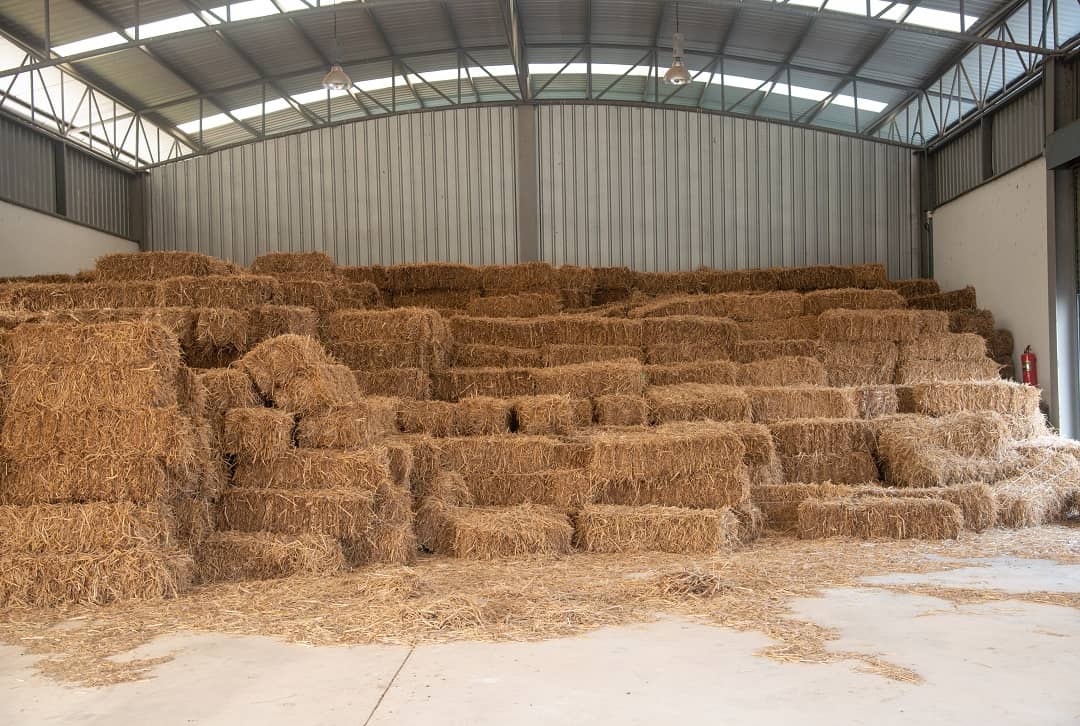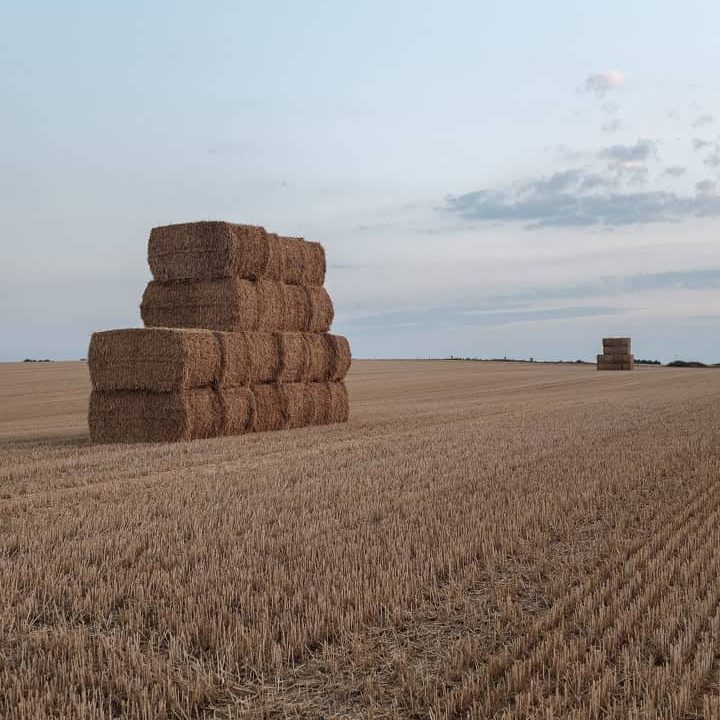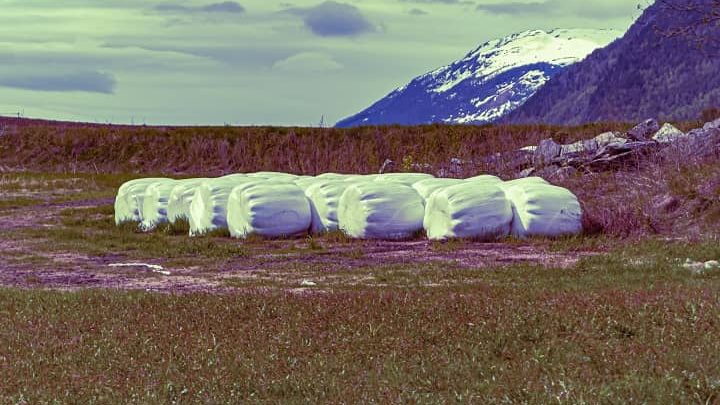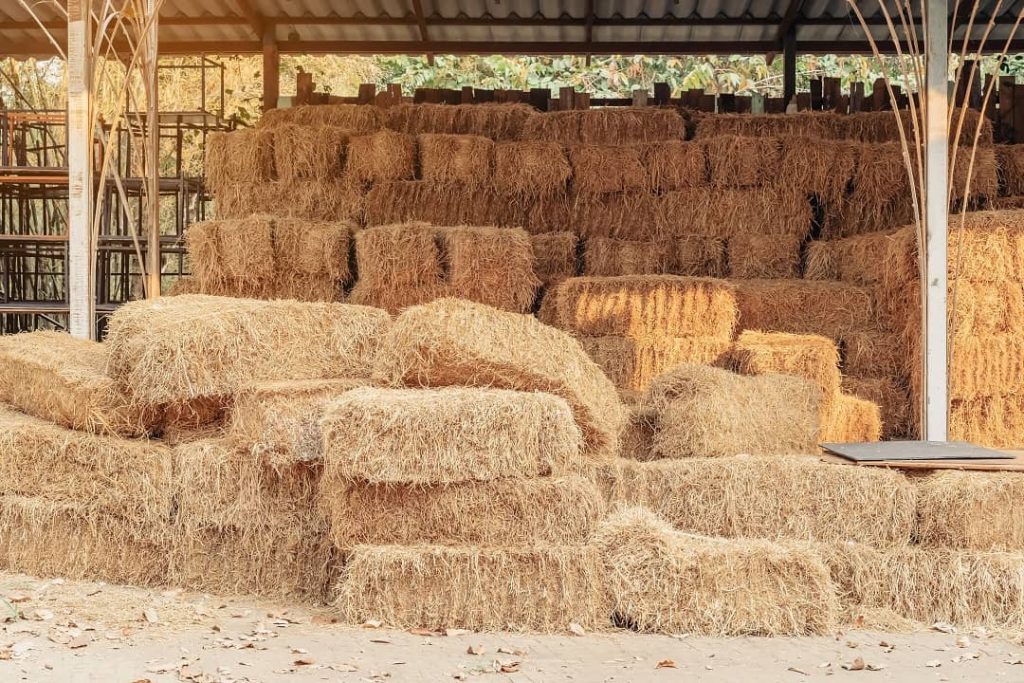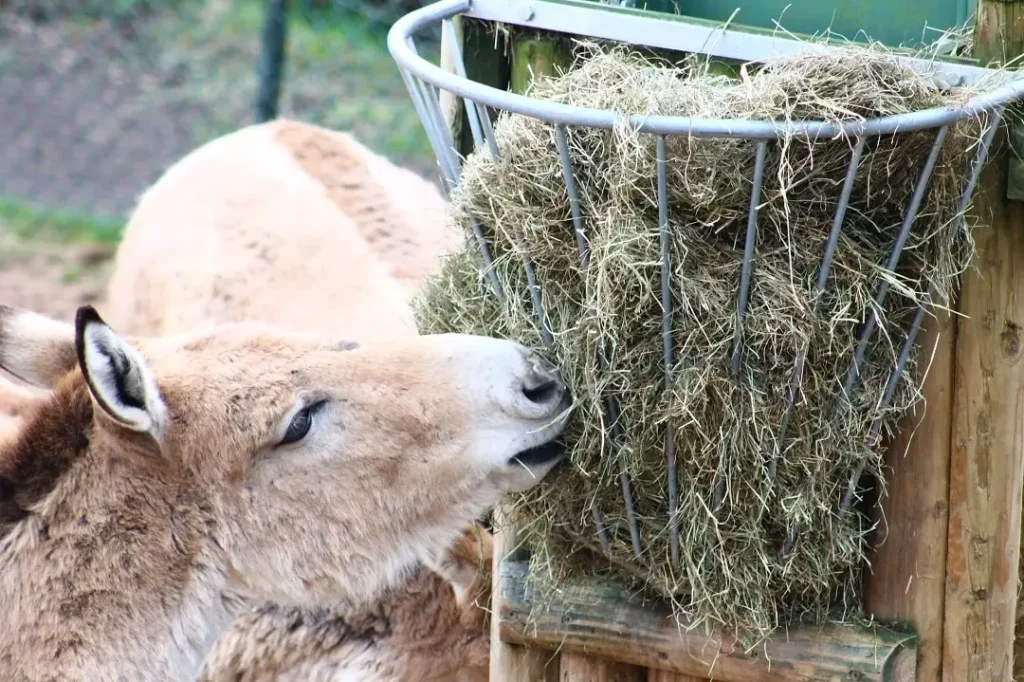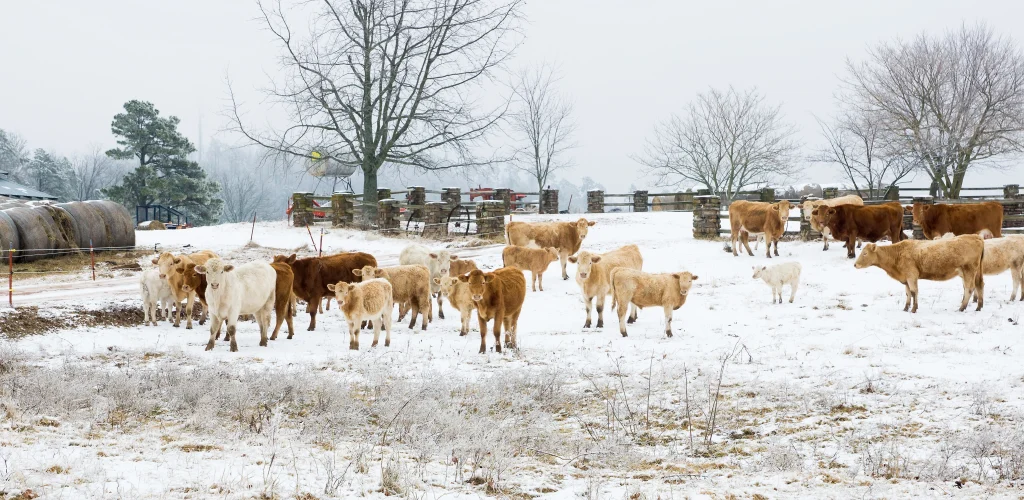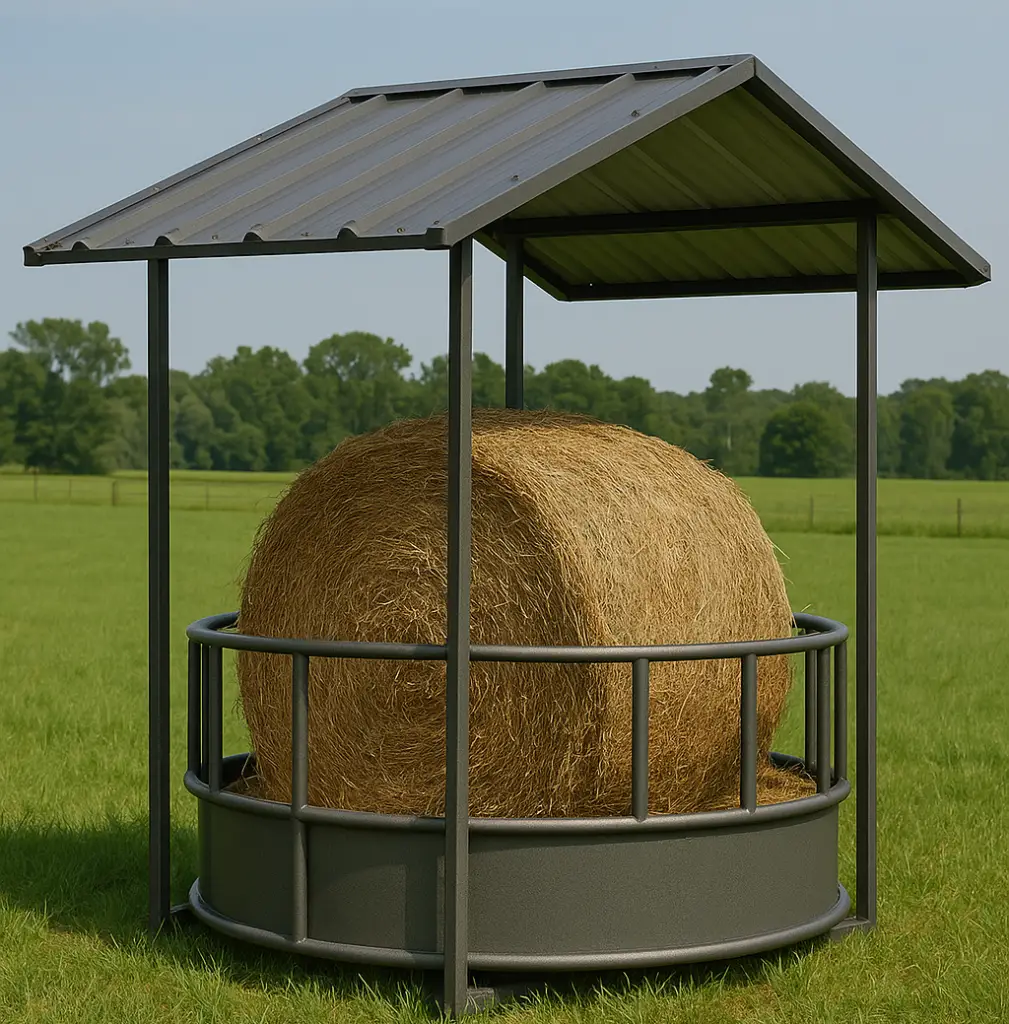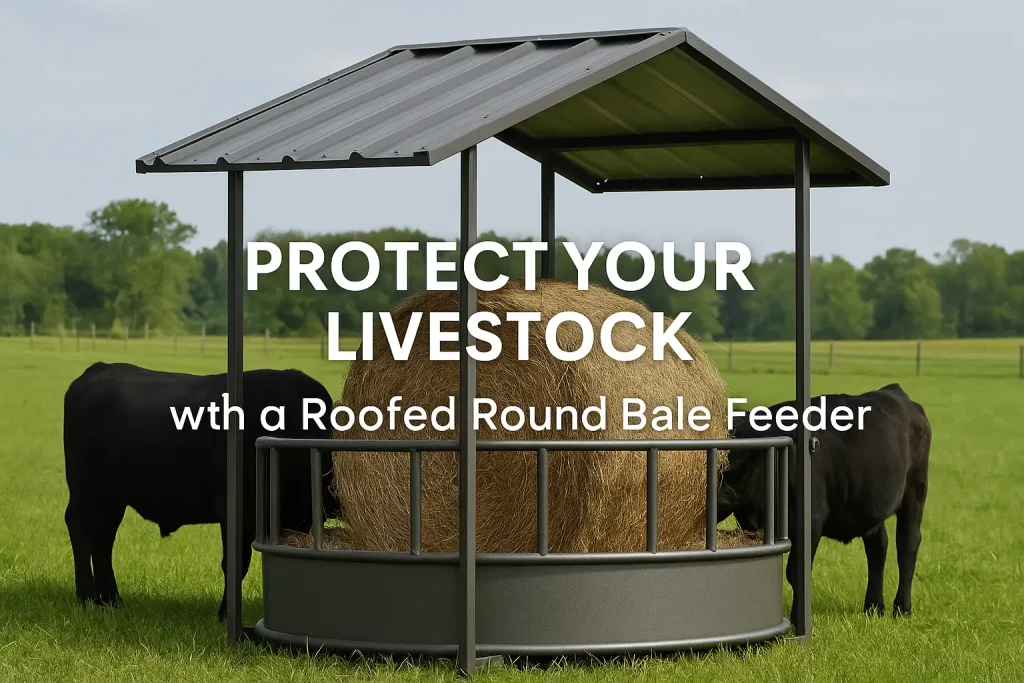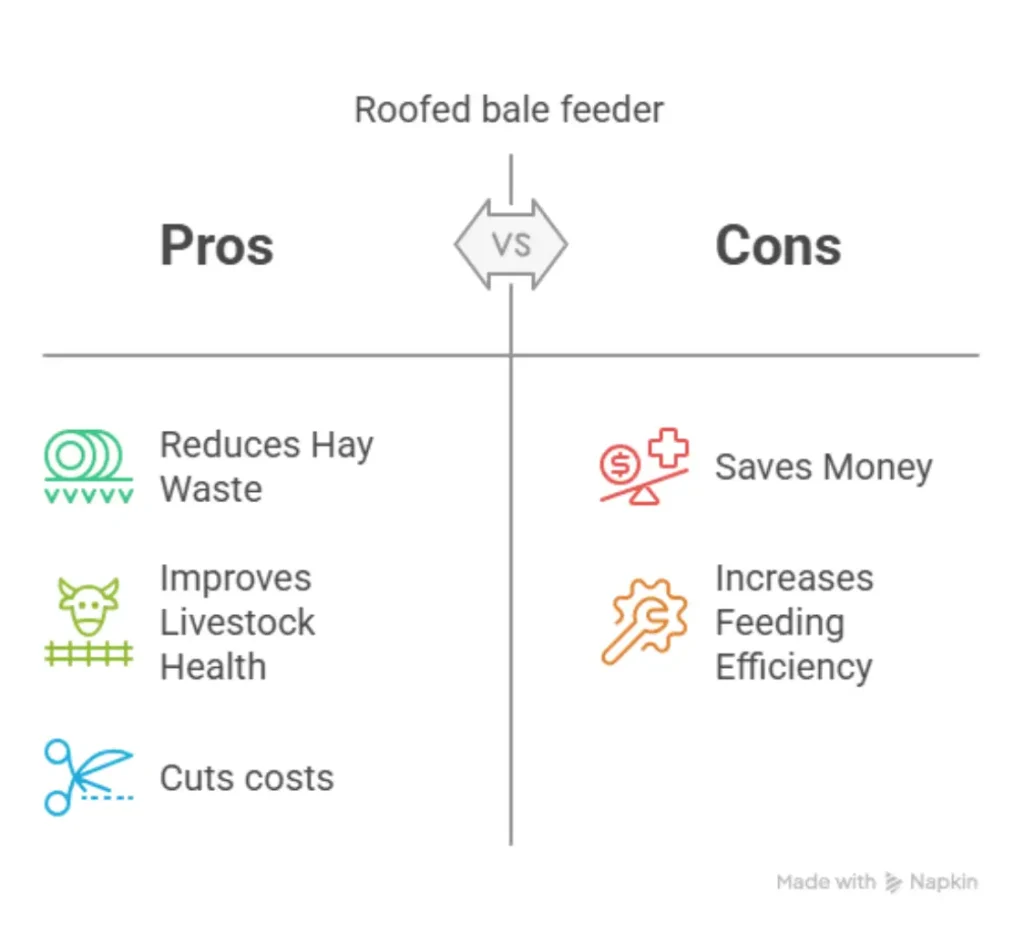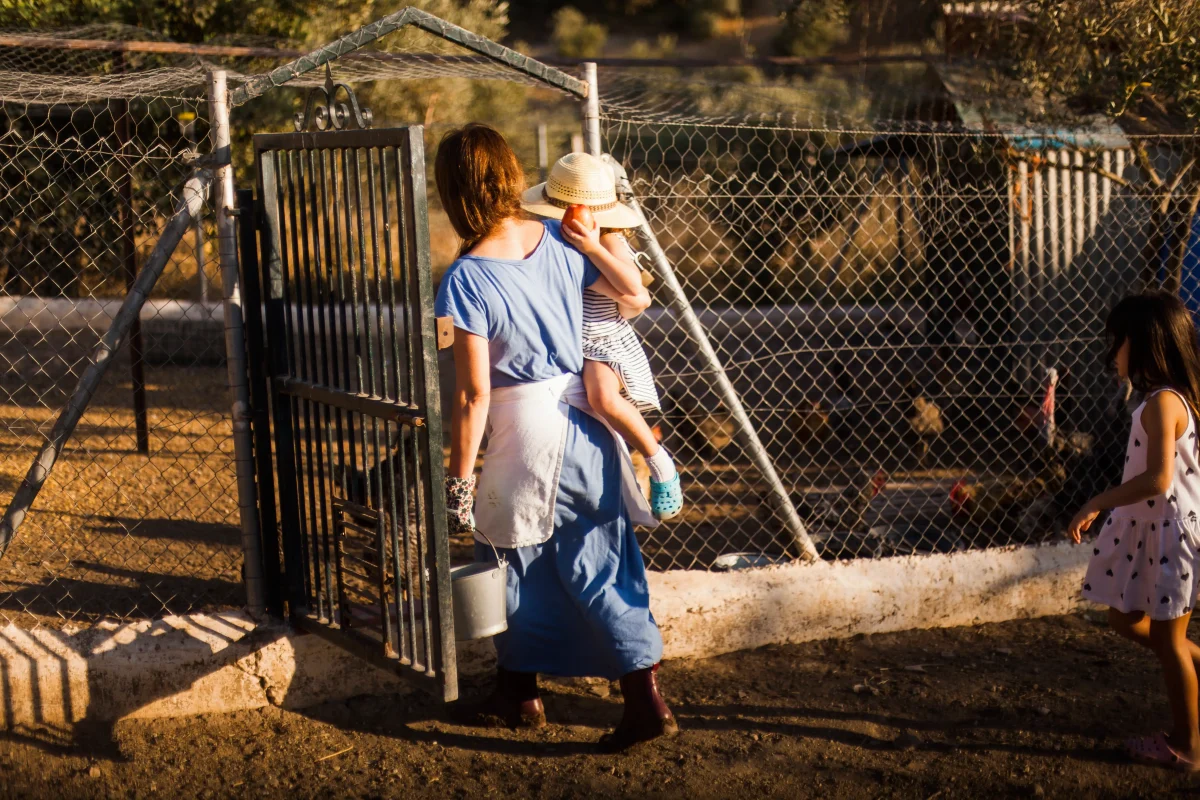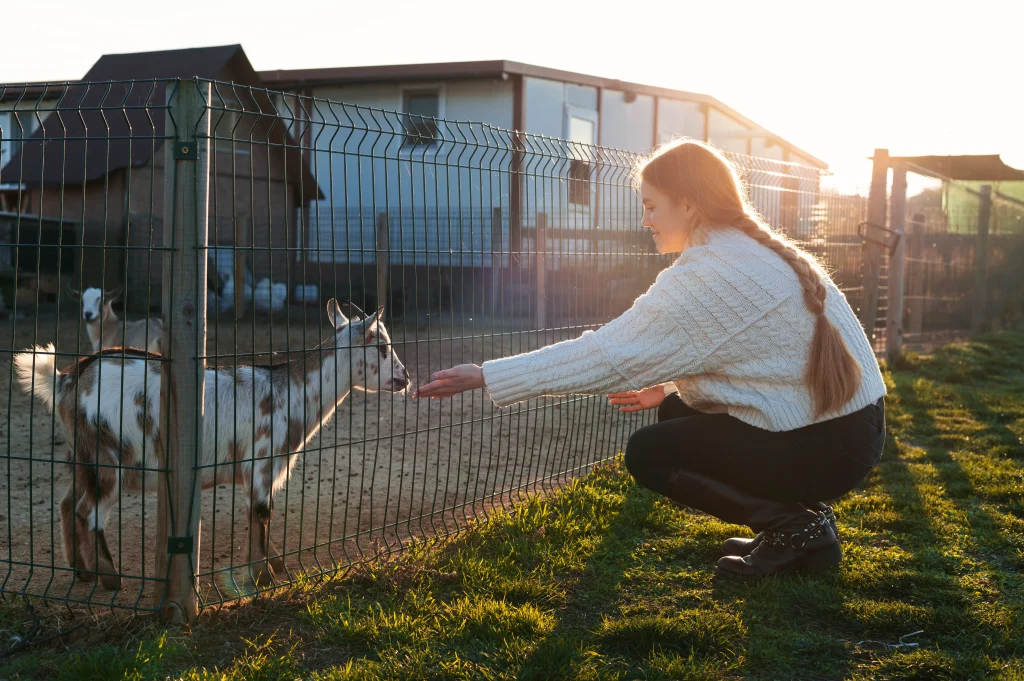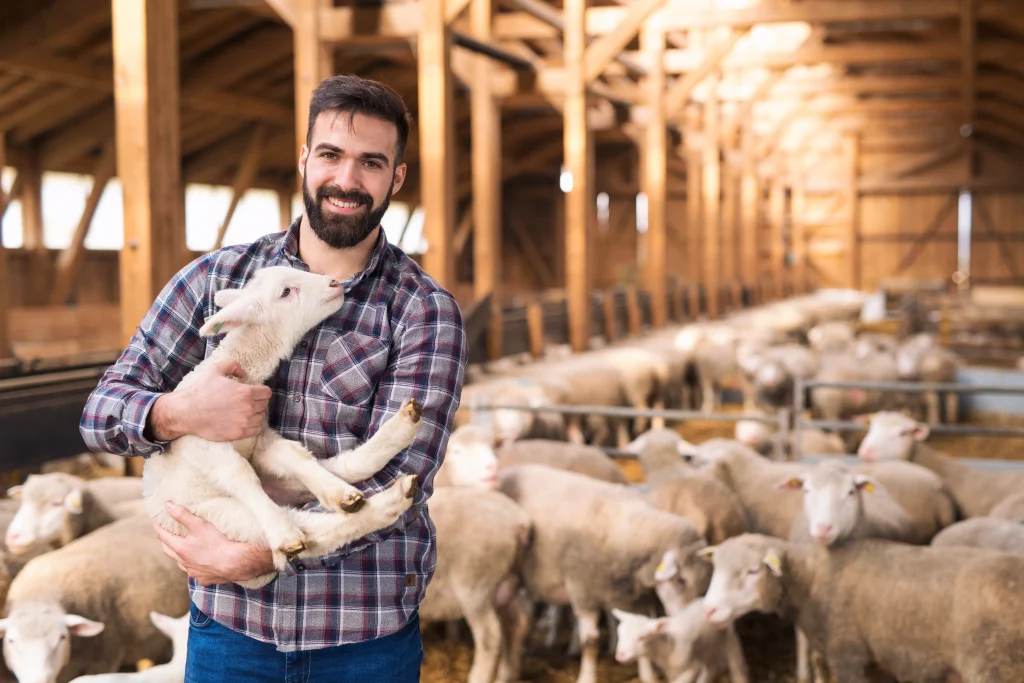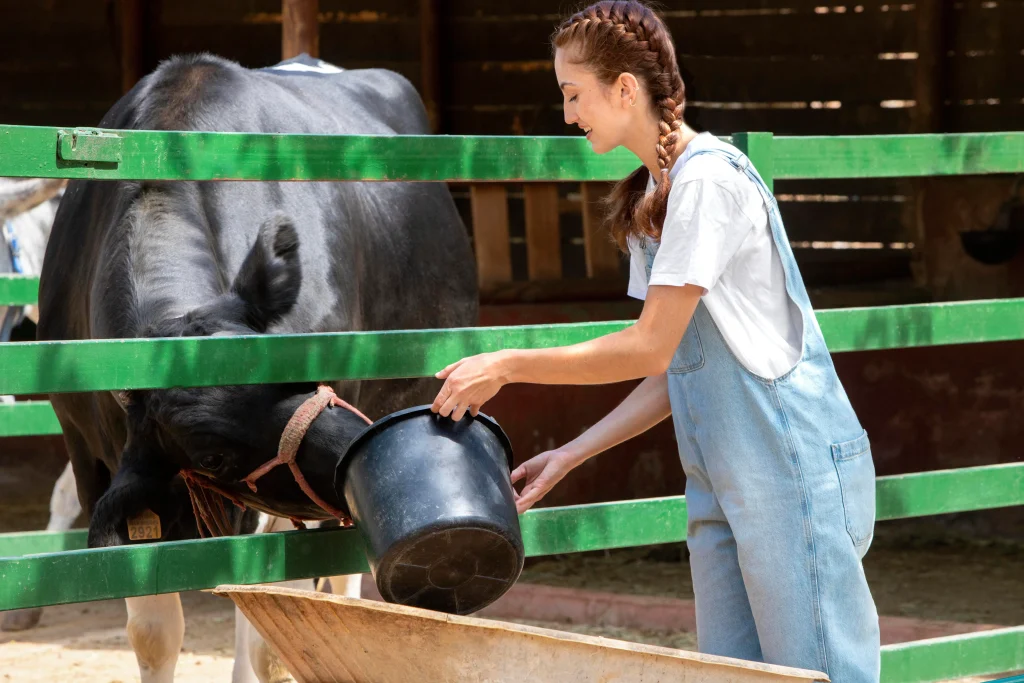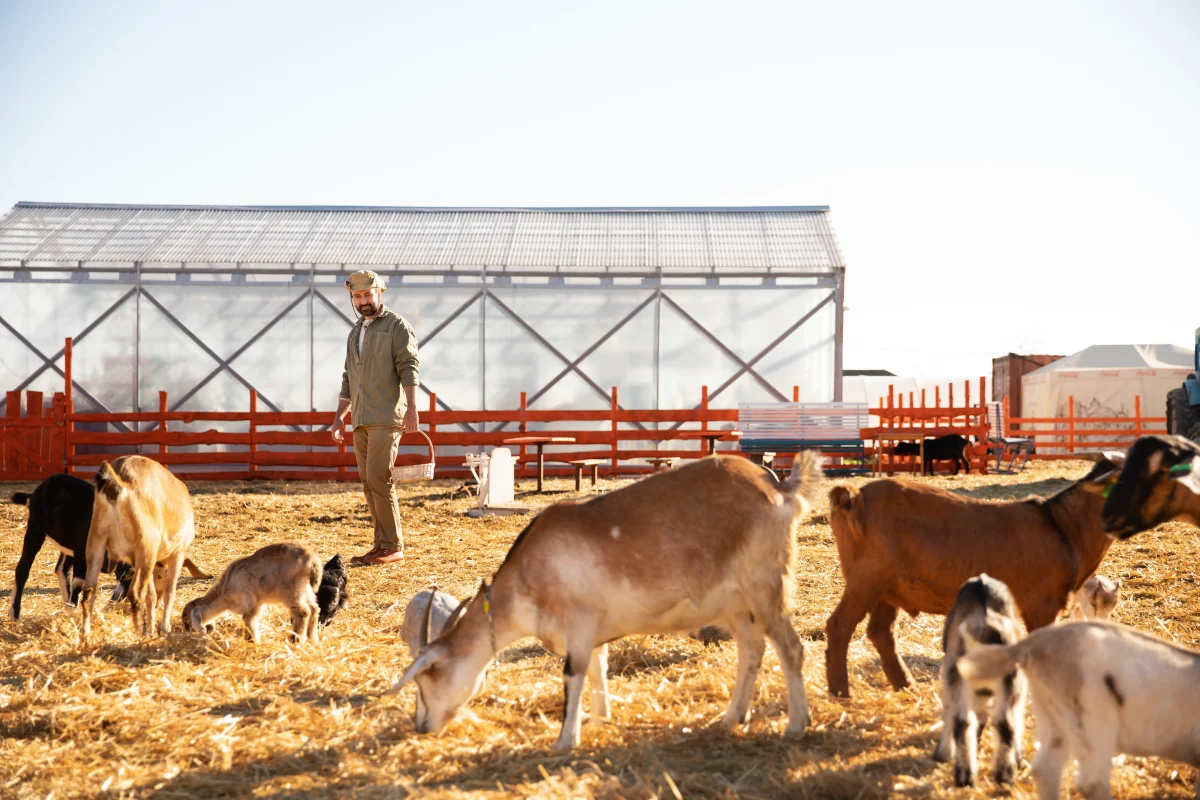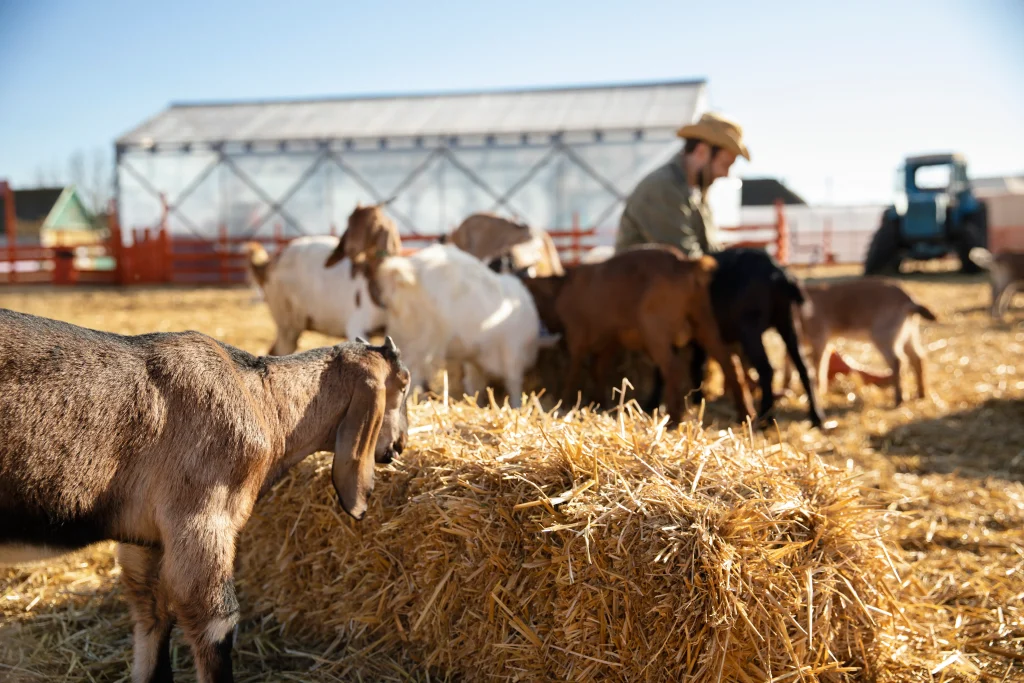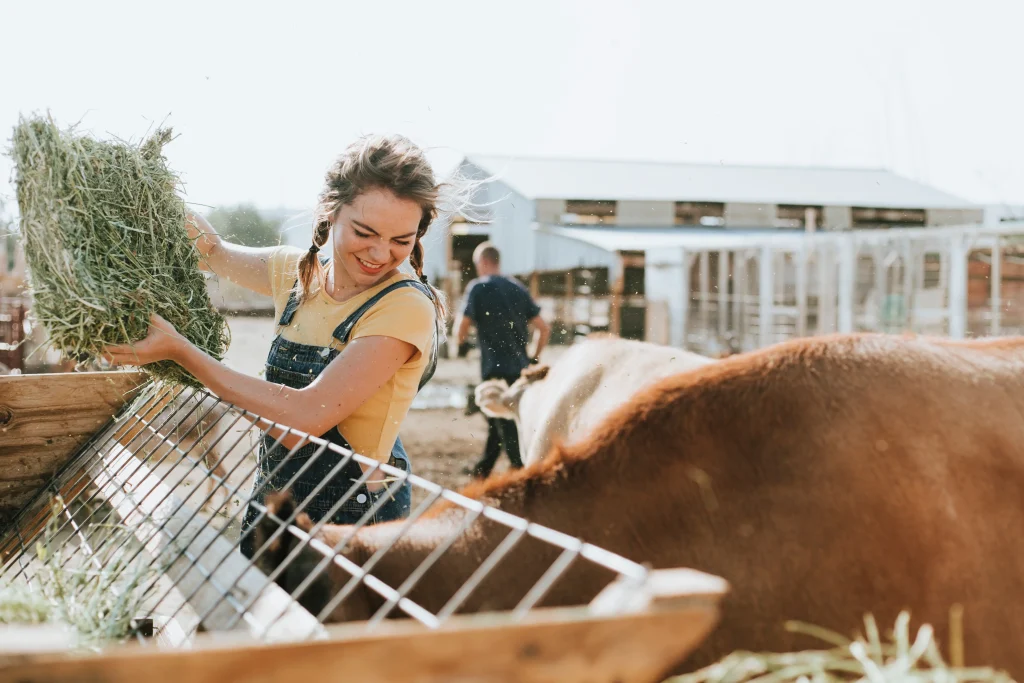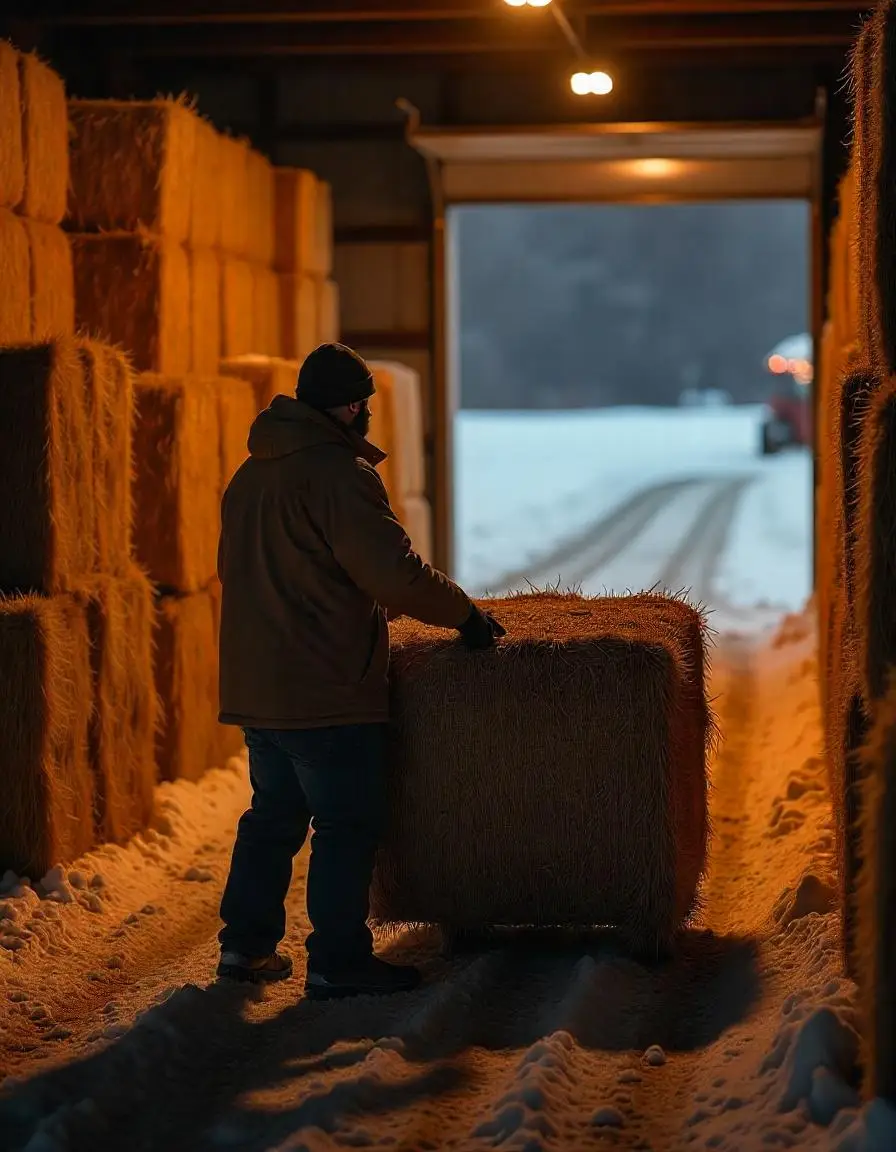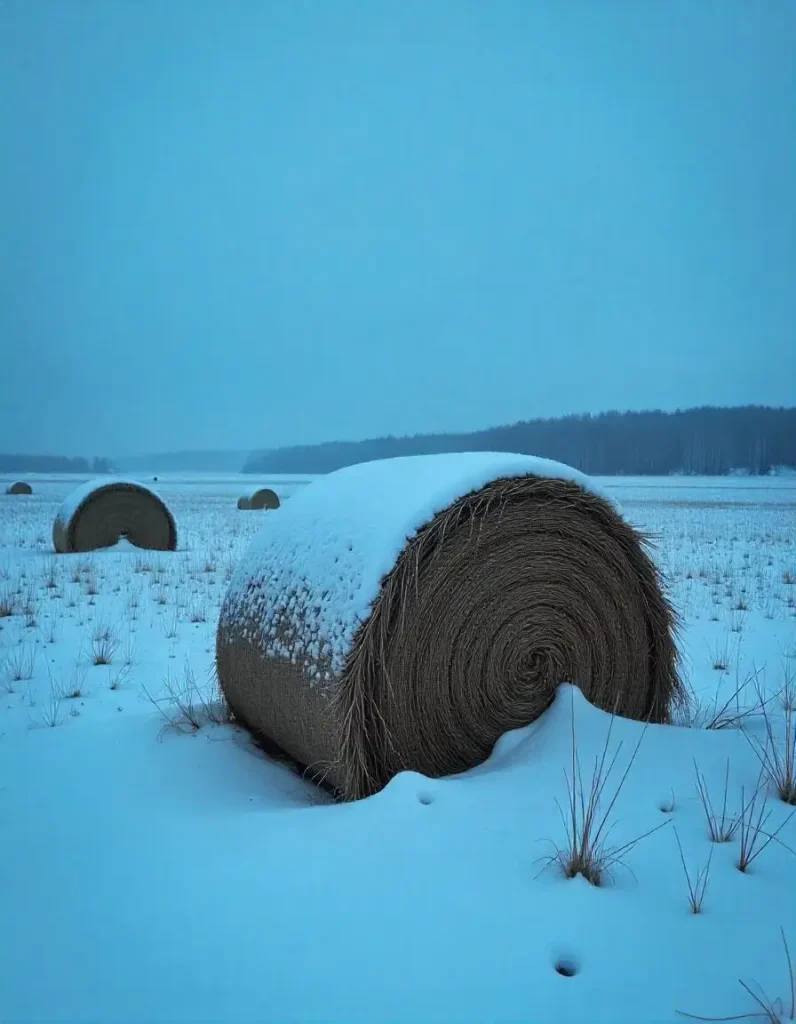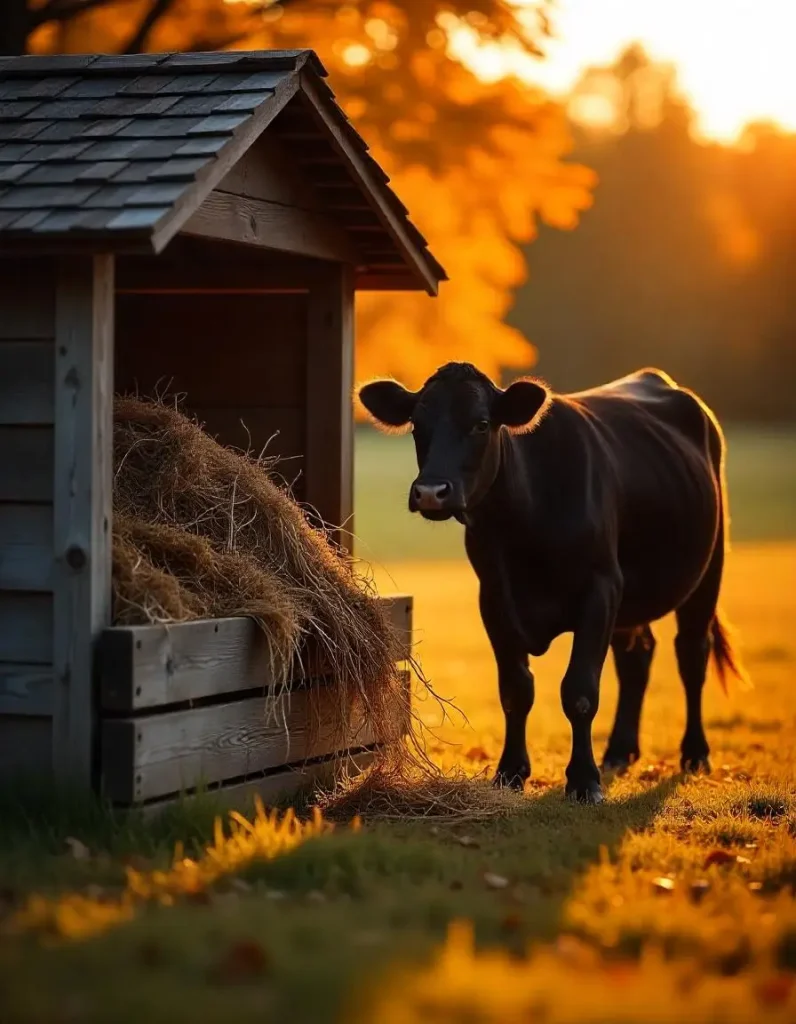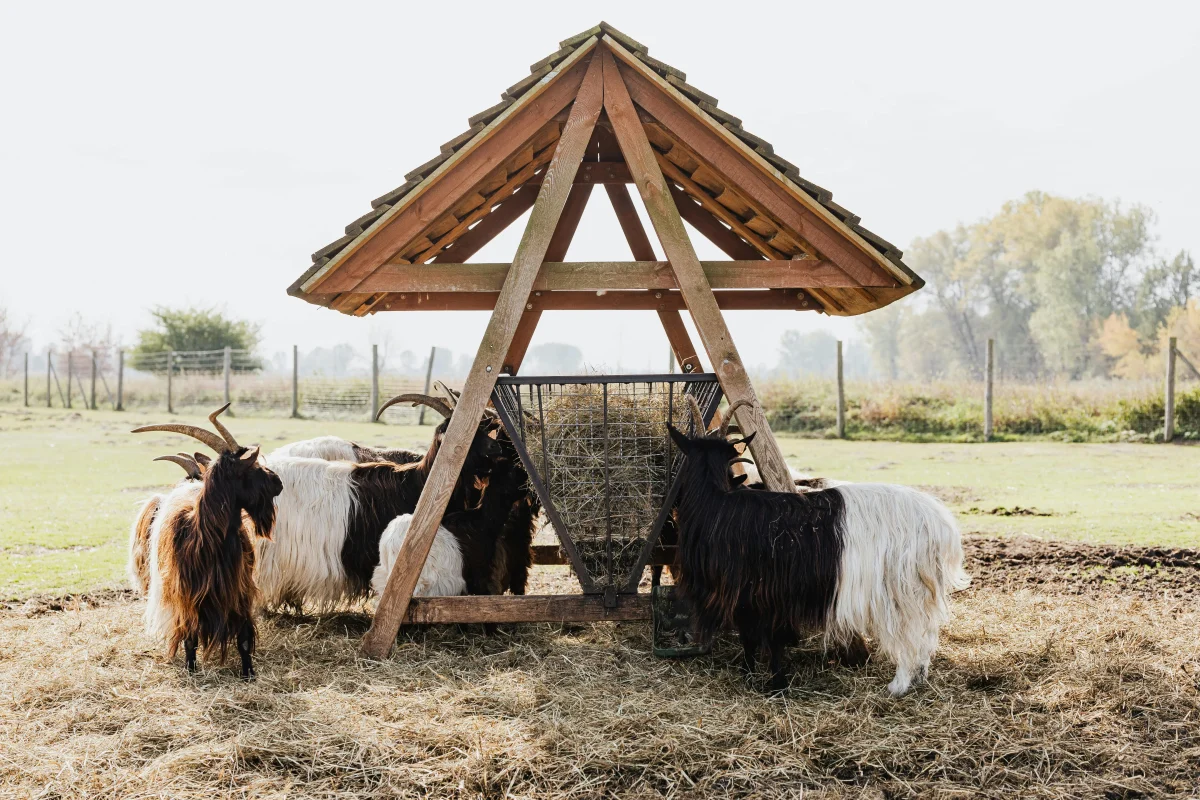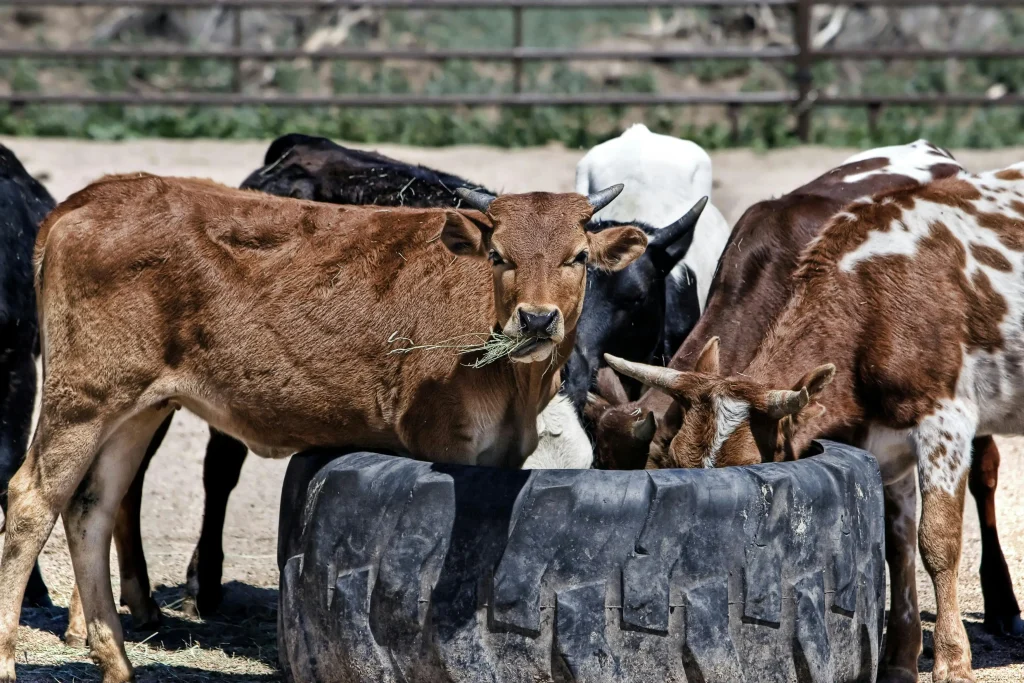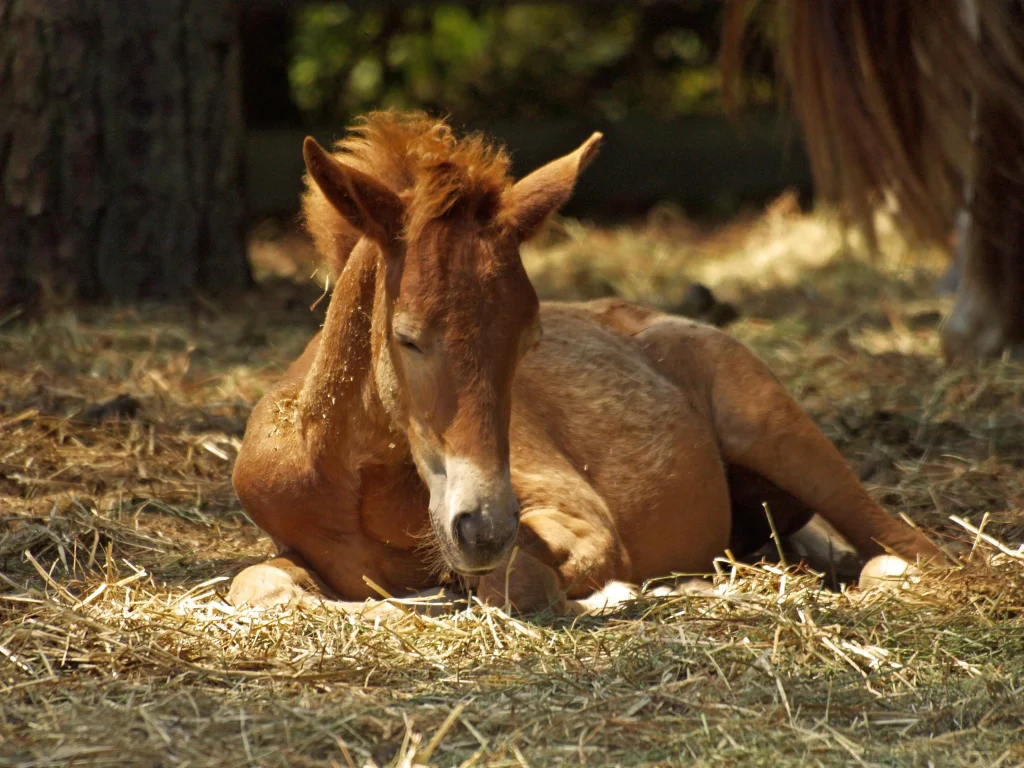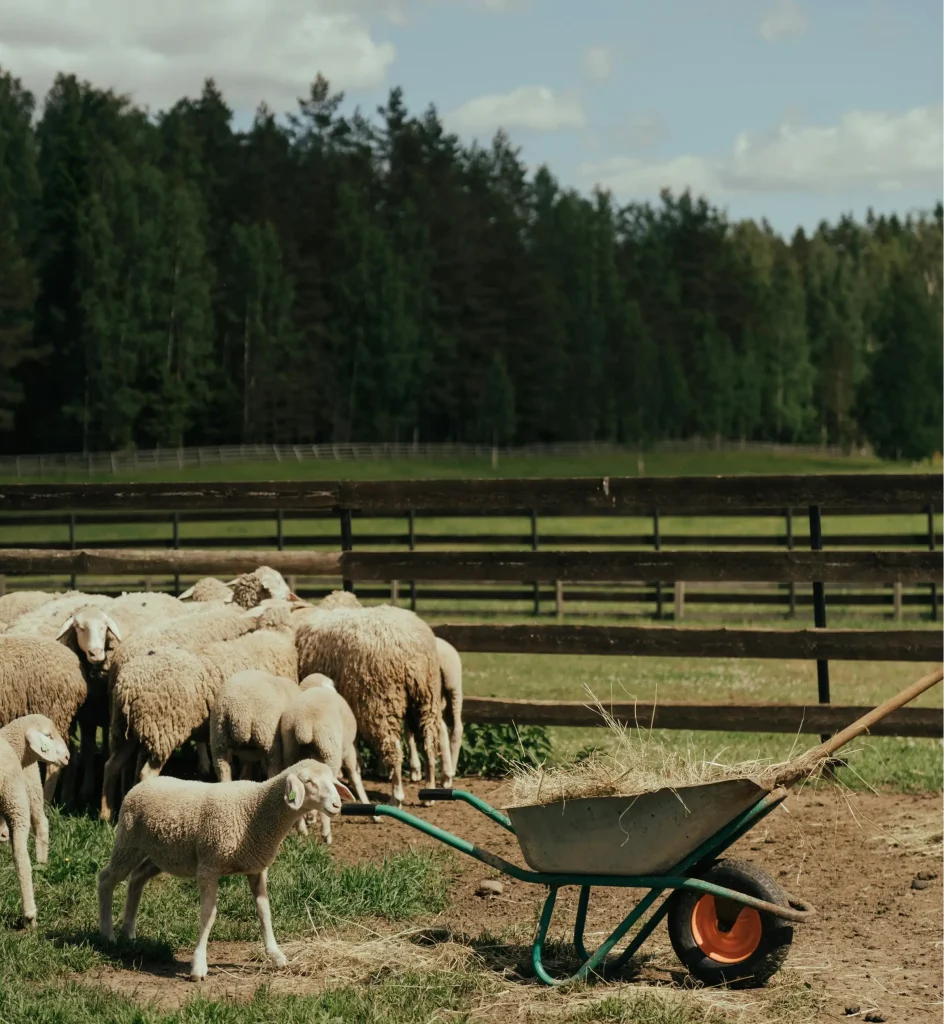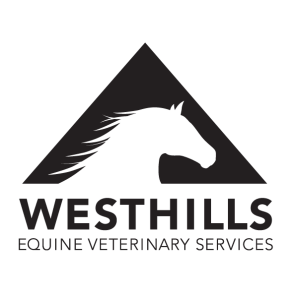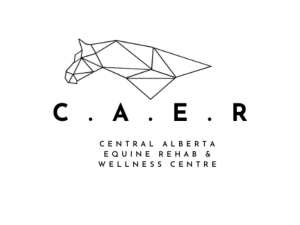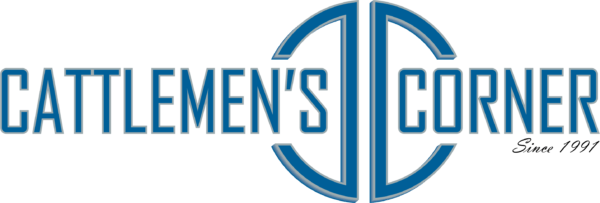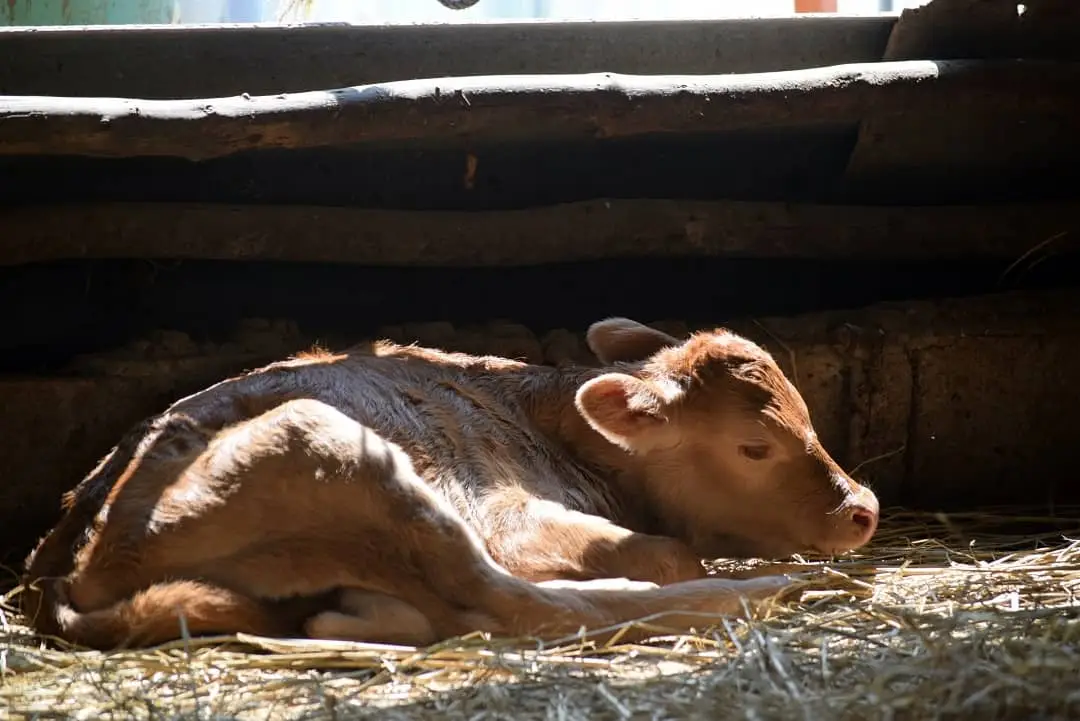
Are your animals behaving unusually? Perhaps they’re more restless, looking thinner, or vocalizing louder than usual?
These changes might indicate they aren’t getting enough hay.
Many people believe Hay is just a filler, but it is not. It is an essential food for your animals. It helps keep your cattle, goats, sheep, or horses warm, energetic, and productive, especially when pasture is hard to find.
Hay acts like the foundation of your herd’s diet, especially during winter or dry seasons. When that foundation starts to crumble, the effects are noticeable and sometimes dangerous.
But don’t worry — by recognizing the signs early and learning how to fix the problem, you can turn things around quickly and keep your animals thriving. Let’s look at how to figure out if your livestock isn’t getting enough hay. More importantly, we’ll discuss what you can do about it.
The Vital Role of Hay in Animal Nutrition
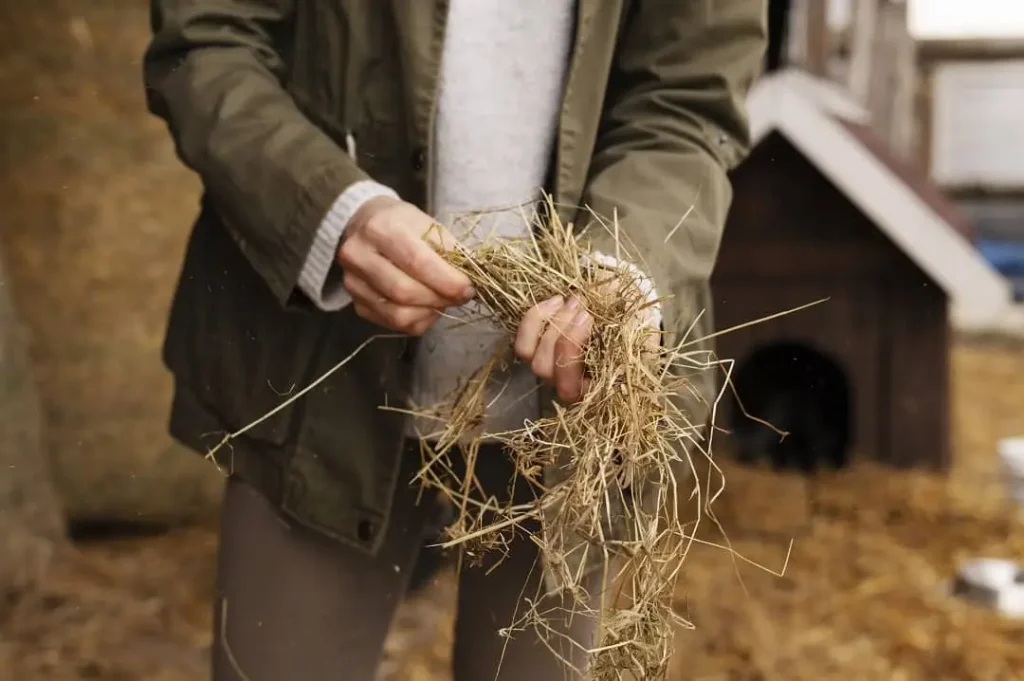
Hay’s Nutritional Benefits for Ruminants
Hay isn’t just dried grass stored in your barn. For sheep, goats, and cattle, it provides a complete nutritional package that keeps their complex digestive systems running smoothly. Hay is :
- Fiber for healthy rumen function
- Energy for daily activity and warmth
- Protein for muscle growth and milk production
- Minerals and vitamins for immune and reproductive function
Without enough hay, your animals can’t properly ferment food in their rumen — and that’s like cutting off the power source in a factory.
How Hay Supports Digestion and Energy
Ruminants rely on fermentation in their four-part stomach to break down fiber and generate heat, especially in colder climates. Long-stem hay helps stimulate chewing, which boosts saliva production and maintains healthy pH levels in the rumen. No hay = digestion disaster.
Seasonal Dependency on Hay Availability
In warmer months, fresh pasture can do the job. But come winter, snow, or drought, hay becomes the primary or only source of forage. Planning for those seasons is crucial because a shortage isn’t just inconvenient, it’s risky.
Warning Signs Your Animals Are Running Low on Hay
They’re Losing Weight Fast!
The most obvious signs are visible ribs, hip bones, and a thinning coat. If your livestock loses weight despite regular feeding, it may indicate that they aren’t receiving sufficient calories or fiber from the hay.
Milk Production Dropping!
Milk takes energy to make. When your cows or goats don’t receive sufficient nutrition, especially roughage like hay, milk volume and quality decline rapidly you might see watery milk or reduced fat content.
Increased Aggression or Stress Within the Herd
Animals become competitive when resources are scarce. You might notice:
- Headbutting at feeding time
- Chasing or biting
- Lower-ranking animals are being pushed away from the hay feeders.
This isn’t just stress — it’s survival mode.
Excessive Vocalization or Restlessness
Cows bellowing? Goats bleating constantly? Animals often vocalize when they’re hungry or distressed. It’s their way of saying, “Hey, feed me more!”
Overeating of Bedding, Fences, or Other Materials
Chewing on wood, plastic, or even manure? That’s a red flag. Livestock often turn to non-food materials when their diet lacks sufficient fiber.
Slow Growth in Young Livestock
Kids, lambs, and calves that don’t grow as expected may be missing out on essential nutrients, which hay usually provides. Delayed development now can lead to lifetime productivity loss.
Low Energy and Lethargy
A herd that lies down all day, moves sluggishly, or looks dazed could simply be underfed. Without hay, they lack the energy even to behave normally.
Health Risks Associated with Hay Deficiency
Digestive Disorders Like Bloat or Acidosis
Low fiber diets disrupt fermentation and rumen balance, leading to bloat, acidosis, or even fatal digestive issues. These aren’t minor issues — they can kill.
Weakened Immune System and Increased Illness
Without nutrients from quality hay, animals become more vulnerable to:
- Respiratory diseases
- Parasites
- Skin infections
Reproductive Problems
Undernourished animals may:
- Fail to conceive
- Abort early
- Deliver weak offspring
Parasite Infestations from Scavenging
When animals forage desperately, they’re more likely to pick up parasites from contaminated areas. Proper hay feeding reduces scavenging behavior.
Causes of Inadequate Hay Intake
Poor Quality or Moldy Hay
Even if you provide hay, if it’s dusty, moldy, or has too many weeds, your herd might reject it. Moldy hay can even be toxic.
Inaccurate Feeding Measurements
Another common problem can be the measurement. Many producers eyeball their hay portions without actually weighing them! It’s easy for you to consistently underfeed without realizing it.
Dominant Animals Hogging the Feed
If you have limited feeding space, stronger animals may eat first, while weaker ones go hungry. Equal access is vital for proper nutrition.
Weather-Related Issues
Heavy snowfall, mud, or drought reduces both hay supply and accessibility. You can have the hay, but if it’s buried or soaked, it will be useless.
How to Fix the Hay Problem?
1. Evaluate Current Feeding Amounts per Animal
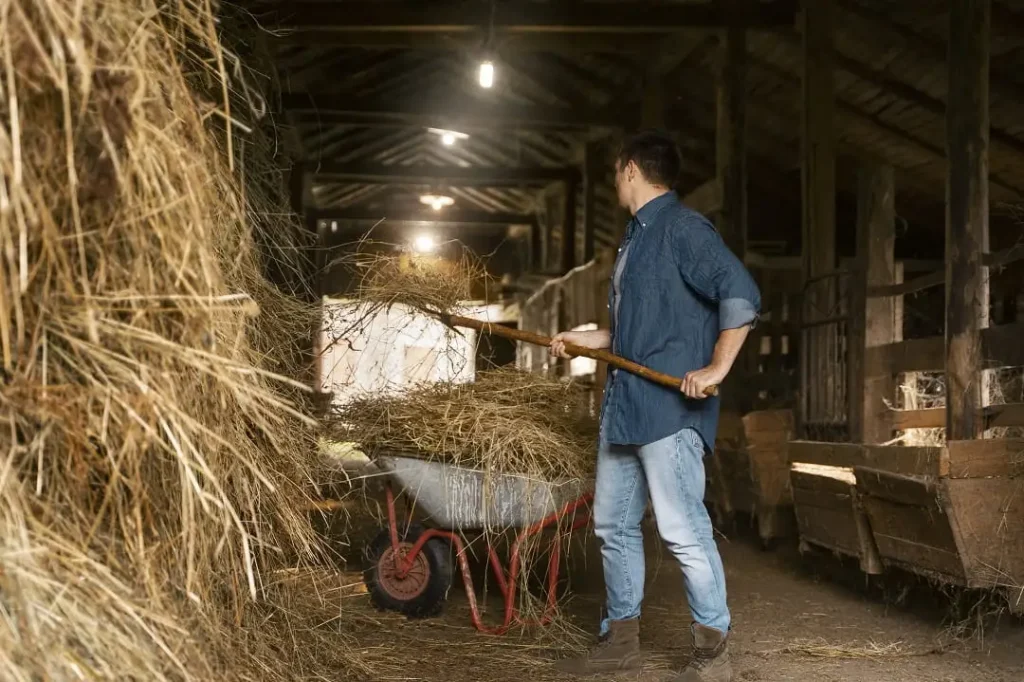
Stop guessing when feeding and start measuring. Here are the basic guidelines for you:
- Cattle: 2.5% of body weight daily in dry hay
- Goats/Sheep: 3–4% of body weight
- Horses: 1.5–2.5% depending on work level
For example, a 1,000-pound cow needs about 25 pounds of hay per day. So, calculate your animal’s weight and feed accordingly.
2. Install Hay Racks or Slow Feeders to Reduce Waste
You can not keep hay loose, as it will be trampled and spoiled. Slow feeders, like those from HayBoss, reduce waste by up to 50%, ensuring every bite counts.
3. Supplement with Other Fiber-Rich Feeds
Consider adding:
- Beet pulp
- Soy hulls
- Alfalfa cubes or pellets
These help bridge the fiber gap when hay is short.
4. Improve Hay Quality and Storage
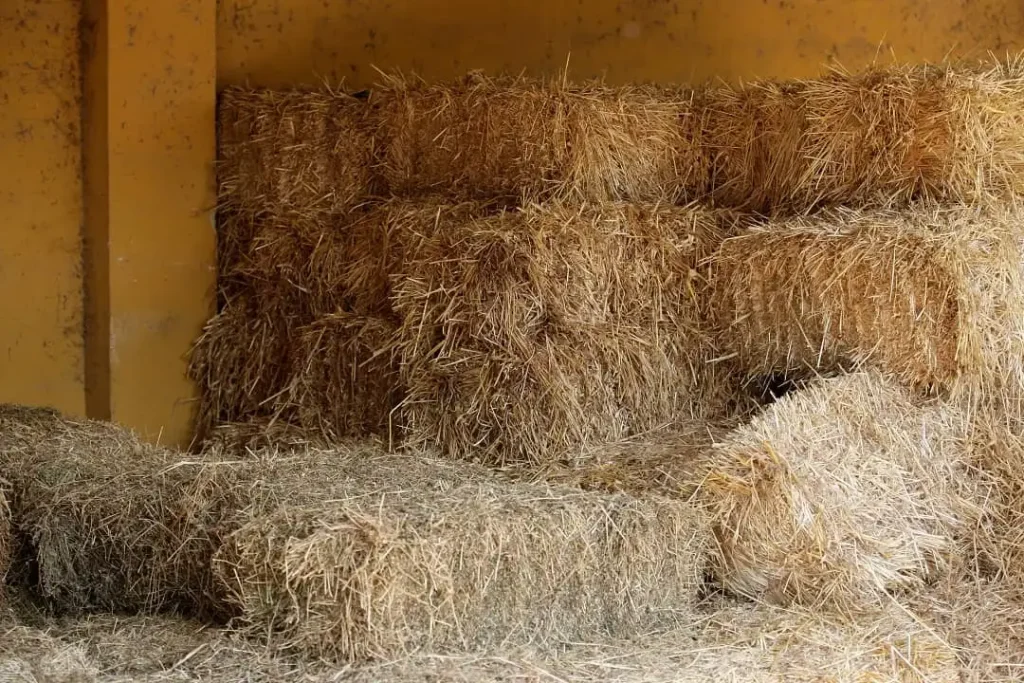
You should always store hay:
- Off the ground
- Covered or under shelter
- In well-ventilated spaces
Good hay lasts longer, and your animals will actually eat it.
5. Rotate Pastures or Provide Alternative Forage
If you can graze in sections or plant cover crops like rye or oats, do it. Fresh forage can take pressure off your hay stock.
6. Consult a Livestock Nutritionist
Every herd has different needs. A pro can help balance your rations and ensure your animals are getting everything they need.
Preventing Hay Shortages in the Future
Plan Ahead for Winter and Drought
Stock hay early. Plan for 20–25% more than you think you’ll need, especially with unpredictable weather.
Buy Hay in Bulk During Harvest Seasons
Prices drop when supply is high; that’s your moment to buy in bulk and store smartly.
Use Hay Storage Best Practices
- Stack bales on pallets
- Use tarps or barns
- Keep moisture out
Remember, Moldy hay = wasted money.
Monitor Herd Behavior Regularly
Sometimes the signs are subtle. If something feels off, check the feeding first. Behavior is a powerful diagnostic tool.
How HayBoss Feeders Can Help You Maximize Hay Use
Minimize Waste with Efficient Feeders
HayBoss Feeders are designed to cut hay waste, especially in free-choice feeding setups.
Keep Hay Clean, Dry, and Accessible
Their enclosed designs mean less spoilage and better hygiene, leading to healthier animals and cleaner feeding areas.
Suitable for Various Herd Sizes
Whether you have five goats or 50 cattle, HayBoss has a solution customised for efficient hay management and optimal feeding.
Conclusion
Your animals may not speak, but their bodies and behavior say a lot. Not getting enough hay can lead to serious problems, from health decline to economic losses. The good news? You can spot the signs early, fix the issue, and even prevent it next season.
By staying observant, improving your feeding strategy, and using tools like HayBoss Feeders, your herd will be happy, fit, and productive all year round.
FAQs
1. How much hay does a cow need per day?
A mature cow typically requires 25–30 lbs of dry hay daily, depending on weight, weather, and lactation.
2. What kind of hay is best for livestock?
It depends on the animal, but timothy, orchardgrass, and alfalfa are excellent choices. Alfalfa is richer and best for lactating or growing animals.
3. Can I use silage or other forage instead of hay?
Yes, but make sure it’s properly fermented and balanced with dry matter to avoid digestive issues.
4. What are the risks of feeding moldy hay?
Moldy hay can cause respiratory issues, abortions, and even death, especially in horses. Always discard suspect bales.
5. How do HayBoss Feeders reduce feeding waste?
By limiting trampling, exposure to weather, and overconsumption, these feeders help save up to 50% of your hay supply.


